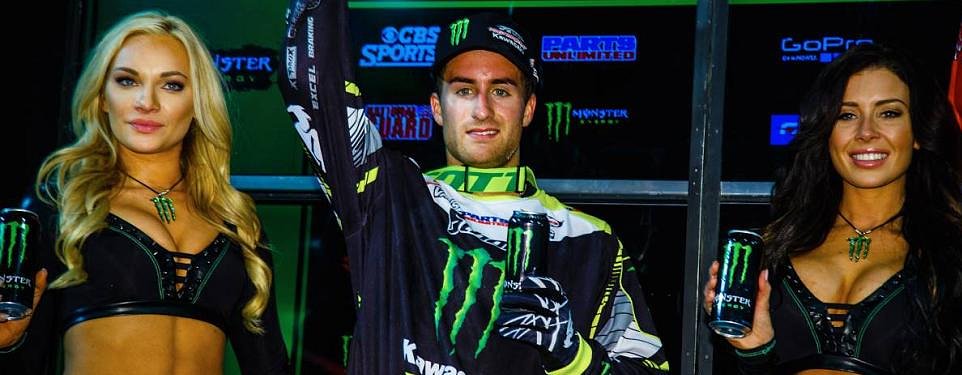Imagine a substance stronger than steel but very flexible and nearly weightless. It is virtually impermeable to all liquids except water and can be bonded to waterproof materials to make a breathable, waterproof barrier. It is highly conductive (heated gear, anyone?). Sounds like something you want in your motorcycle gear, right?
This material is graphene. Will we see it in our gear soon?
What is graphene?
Graphene is “just” carbon, but made in a layer that is only one atom thick (its discovery garnered a Nobel Prize in 2010) in a hexagonal honeycomb pattern. Diamond is just carbon, too, but has a very different structure (and pricing structure, as well). Where diamond is hard, graphene is flexible and can be crafted into single-layer or multi-layered structures and bonded to other materials.
A variety of things are already being made using graphene and taking advantage of its unique properties. Examples are batteries, especially solar ones; flexible and very small electronics, including semiconductors; light bulbs; superstrong woven cables for a space elevator; nanotubules; bioelectric sensors; touchscreens that are difficult to break (pay attention, Apple). Of course there's a catch.
Graphene is easy to make. Graphite, the primary component of pencil lead, deposits graphene in trace quantities on paper when you drag the lead across its surface. The problem is making useful quantities of graphene. That's not easy or inexpensive.
Graphene production involves copper foil, a furnace, an environment washed out of oxygen, and carbon atoms that are deposited onto the copper matrix. That matrix is then coated with plastic and spun at 3,000 rpm. Physical manipulation and chemical dissolution leads to raw graphene that can then be placed onto a silicon chip which is then subjected to a barrage of gold pellets and plasma.
In other words, the process is a little more complicated than what you can accomplish in Lemmy’s garage, I think.
Will we see graphene in motorcycle gear?
In addition to its strength and light weight, graphene offers several advantages for use in motorcycle gear. Bacteria won't grow on graphene so it won't start smelling bad. It is even hypoallergenic so if you have allergies, no worries. It's anti-static, so it won't cling to you. Its conductivity means it can actually move body heat from hot spots to cooler areas, evening up your temperature.
While we have not yet seen the emergence of the first motorcycle gear using graphene, the outdoor gear company Vollebak was the first to sell a reversible jacket with graphene on one side. The first batch sold out, despite the $695 price. I'm willing to test its properties — for medical research, of course — if we can make room in the Common Tread expense account to have one sent to me.
That expense request seems to be moving very slowly, however, so maybe we will just have to wait a little longer and we'll see some gear from the major motorcycle apparel manufacturers. RevZilla product expert Ed Wildman says he expects to see graphene incorporated into gear, though nothing is on the market yet.
I can imagine many ways this material could be used in motorcycle gear to help save our skin. Two layers of graphene that respond to the application of force by deforming into an impenetrable diamond plate is termed diamene. So how about body armor made of graphene? What about a graphene layer on the palmar surface of gloves or on the surface of a helmet to increase abrasion resistance and reduce sliding friction?
As techniques for producing graphene improve and the cost comes down, it will be interesting to see how it will be used in motorcycle gear.







